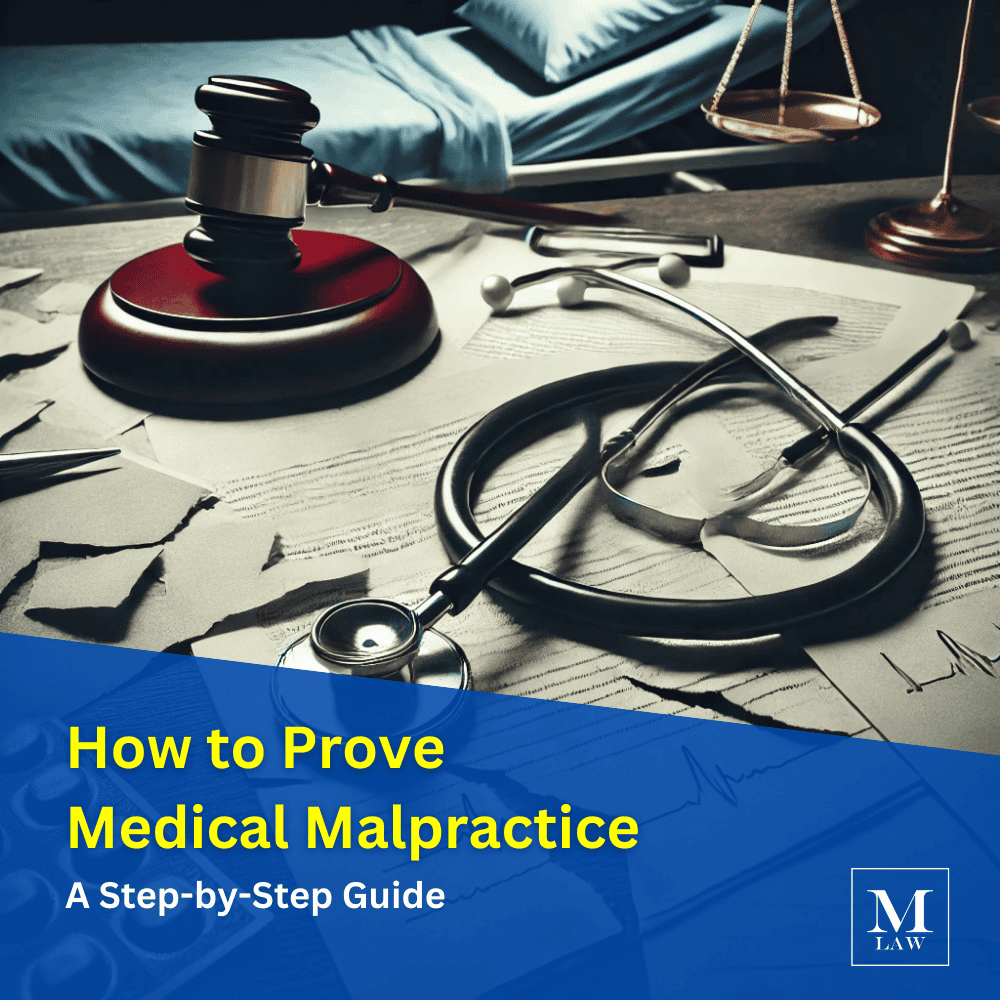We’re all well aware that surgery is almost always a stressful experience, even though it is oftentimes necessary. Thankfully majority of surgeries go well. Even in those that don’t, patients are generally informed of the risks involved and the potential complications that can occur. But there are many complications that should never occur, and one of those is leaving a surgical instrument behind. In legal terms, this is often referred to as “retention of surgical instruments inside patients.”
Before we continue, just a warning, this post contains descriptions of surgeries and surgical errors that you may find disturbing.
Retention of surgical instruments in the patient is classified as a “never event,” meaning it should never, under any circumstance, occur.
Please know though, that there are some surgeries that require things being “left behind.” Some surgeries require the placement of a stent, and many surgeries, such as knee and ankle surgeries, are specifically designed with the intention of replacing a part of the body.
What we’re discussing in this article are instances of equipment being negligently left behind. For example, surgical sponges, scalpel blades, or loose screws being left inside a patient.
Statistics on Retention of Surgical Instruments Inside Patients
According to the National Center for Biotechnology Information (NCBI), it is estimated that between 3 to 10 cases per 10,000 abdominal operations result in the retention of surgical instruments.
Considering that there are around 28 million operations performed annually nationwide, this means that there are about 1,500 instances of retained surgical instruments in the US per year. These instruments are most commonly left behind in the abdomen, retroperitoneum (near your organs), and pelvis.
During a single operation, a surgeon may use over 250 different surgical instruments and tools, making it easy to lose track of equipment if the responsible surgeon or surgical technician is not attentive. Some of the most frequently left objects inside patients’ bodies include sponges, scalpels, scissors, drain tips, needles, clamps, forceps, scopes, surgical masks and gloves, tubes, and measuring devices. Sponges, in particular, are challenging to track because they are used to absorb blood during surgery and can blend in with the patient’s organs and tissues.
Human error is the primary reason why surgical instruments are left inside patients after procedures. Incorrect counts may result from factors such as fatigue, inadequate management systems, or inexperience with surgical emergencies. In addition to human error, several factors increase the likelihood of equipment being left behind, including the need for multiple surgeries, procedures involving more than one surgical team, surgeries with significant blood loss, and high body mass index of the patient.
In one case, a woman discovered that her surgeon had left forceps inside of her 3 years after the surgery was completed.
“A 36-year-old female patient was operated upon, with a diagnosis of a hydatid cyst in her liver. Approximately 3 years after the surgery, she excreted part of a surgical forceps with her stool while she was defecating. In upright direct abdominal radiography, a surgical instrument was observed in the abdomen. The patient was operated to remove the foreign body from the abdomen. The surgical instrument that was taken out had corroded and turned black. It was observed that the material that had dropped out of the anus and the material that was taken out during the operation were parts of the same surgical instrument. The ascending colon and the abdomen were stitched anatomically. Follow-ups were conducted after the operation, and the patient was discharged with recovery.”
Consequences of Retained Surgical Instruments
The consequences, pain, and required procedures associated with retained surgical implements vary depending on the specific object left behind. In some cases, patients may not realize they have a foreign surgical object in their body for months or even years. However, other objects can cause infections, severe pain, internal organ damage, digestive problems, fever, swelling, and obstructions. Correcting the doctor’s mistake may require additional risky procedures, prolonging the patient’s recovery and potentially leading to financial difficulties. In the worst cases, a foreign object left inside the body can result in death.
To prevent these consequences, surgical teams must take all necessary precautions to avoid leaving tools inside patients. This can involve using technologies such as sponge-tracking, where sponges are bar-coded and scanned when used, or radio-frequency tagging, which allows identification of sponges, towels, and other objects through X-rays before closing the incision. Overall, surgical teams need to ensure careful tracking of the instruments and account for everything used during the surgery.
Can you sue for foreign objects left behind during surgery?
If you have undergone surgery where an instrument was left inside your body, it is crucial to seek legal advice. Depending on the circumstances surrounding the incident, you may have grounds to file a medical malpractice claim. The attorneys at Merson Law can assist you in determining the appropriate course of action.
When working with an attorney, medical experts will be consulted to determine the reason behind the retention of a surgical instrument after a procedure. Establishing the cause is crucial for achieving a successful claim outcome.
If you have been injured due to the negligence of a physician, filing a medical malpractice claim may be the only way to secure the compensation needed for your recovery. By working with an attorney, you may be eligible for monetary compensation covering medical expenses, lost wages, pain and suffering, and more.
Get in touch with the medical malpractice lawyers at Merson Law PLLC by filling out the contact form on this page or by calling the number above.








